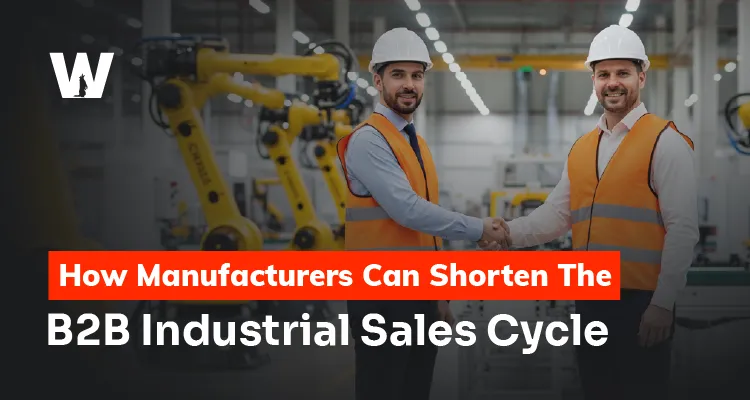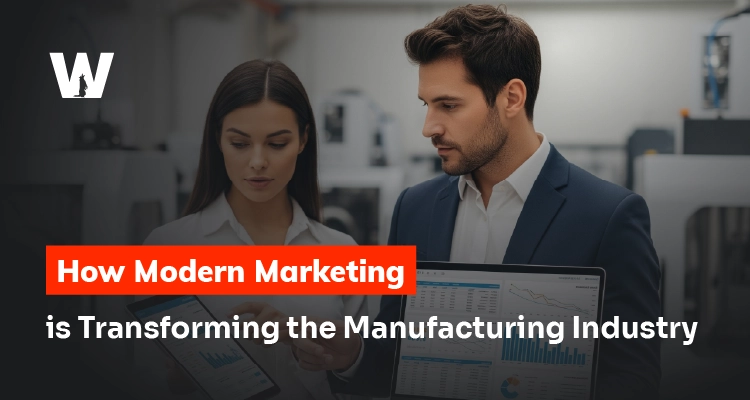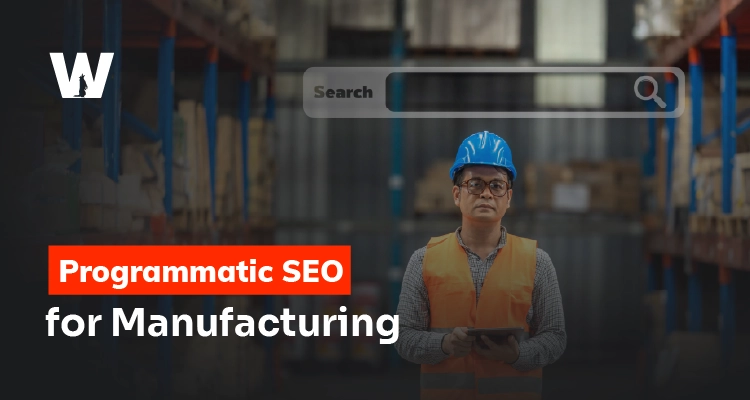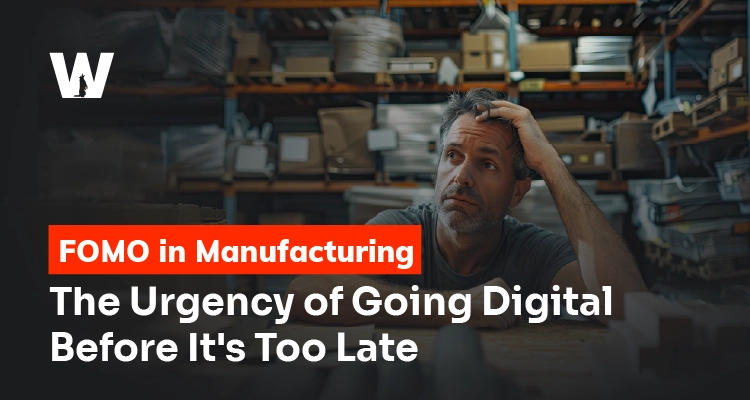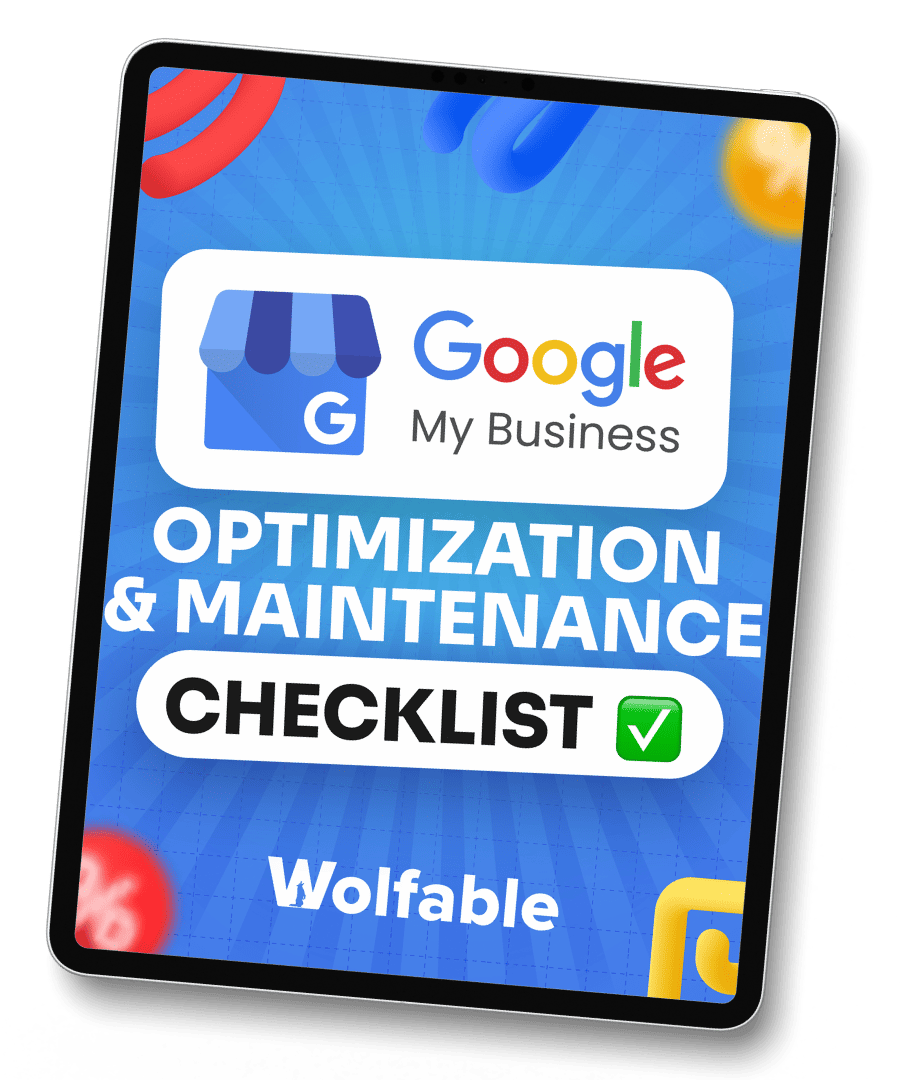Wraps up in 14 Minutes
If you work in manufacturing, you know one thing all too well: closing a deal in the B2B industrial world takes time.
Sometimes it feels like you’re stuck in an endless loop of RFQs, technical clarifications, internal approvals, and long waits for stakeholders to finally say “yes.”
Meanwhile, your competitors are knocking on the same doors, and buyers are losing patience.
The truth is, today’s B2B buyers don’t have the same tolerance for drawn-out processes that they used to. They want clarity, speed, and confidence when making decisions. And if you can’t provide that, they’ll move on to someone who can.
This blog post will walk you through how you can shorten your industrial sales cycle without sacrificing the quality of your deals.
Understanding the B2B Industrial Sales Cycle
Before you can speed things up, it helps to understand what the industrial sales cycle looks like and why it tends to move at a snail’s pace.
A typical B2B industrial sales cycle has these stages:
- Awareness – A potential customer realizes they have a problem or opportunity.
- Consideration – They start researching possible solutions.
- Evaluation – They compare vendors, check specs, and weigh costs.
- Decision – They choose a supplier.
- Purchase – Contracts, approvals, and orders are finalized.
- Post-sale – Onboarding, installation, and support begin.
Sounds straightforward, right?
But in the industrial world, things get complicated quickly. Your products are complex. Multiple stakeholders—engineers, procurement officers, finance teams, and executives—are all involved. Compliance and technical evaluations take time.
Every step seems to require another meeting, another round of approvals, and another set of documents.
The result? Sales cycles that can stretch for months—or even years. And the longer a deal drags on, the higher the risk that the opportunity slips through your fingers.
When your sales cycle is too long, you face missed revenue, unpredictable forecasts, and strained relationships with buyers who may get frustrated with delays.
Shortening the cycle isn’t just about making things faster—it’s about staying competitive and winning deals before someone else does.
Key Challenges That Slow Down Industrial Sales Cycles
If you want to shorten your sales cycle, you need to know what’s slowing it down in the first place.
Here are some common challenges:
- Lengthy RFQ processes: Collecting detailed specs, reviewing designs, and pricing custom orders can take weeks or months.
- Sales and marketing misalignment: If marketing hands over weak leads, your sales team wastes time chasing unqualified prospects.
- Poor buyer education upfront: When buyers don’t understand your product, they ask endless questions that drag out the process.
- Weak lead qualification: Spending time on prospects who aren’t ready to buy only eats up resources.
- Internal bottlenecks: Slow approvals, delayed quotes, or back-and-forth with engineering teams cause unnecessary hold-ups.
Understanding these challenges is the first step toward fixing them.
Next, let’s dive into strategies you can use to accelerate your sales cycle.
Strategies to Shorten the B2B Industrial Sales Cycle
This is where things get exciting. By making a few changes in how you qualify, educate, and guide your buyers, you can shave weeks—or even months—off your sales cycle.
1 Improve Lead Qualification
Not every lead is worth your time. The more you can focus on the right buyers, the faster your deals will move.
Start by defining your Ideal Customer Profile (ICP). What industries do you serve best? What company size makes sense for your solutions? Which job titles are usually your key decision-makers?
Then, use tools like AI-driven lead scoring or CRM systems to rank leads based on how closely they match your ICP and how ready they are to buy. This way, your sales team spends more time with prospects who are serious and less time with window-shoppers.
2 Enhance Buyer Education Early
A big reason sales cycles drag on is that buyers don’t have enough information early on.
If you can answer their questions before they even ask, you’ll cut down on back-and-forth.
You can do this by creating:
- Detailed product guides and spec sheets
- Case studies that show real results from similar companies
- Video demonstrations of your machines or processes
- ROI calculators that help buyers justify the investment
Remember, the more your buyer learns on their own, the less hand-holding your sales team has to do later.
3 Strengthen Sales-Marketing Alignment
Sales and marketing need to work as one team. When they don’t, leads fall through the cracks, and cycle times stretch out.
Here’s how to align:
- Use shared dashboards where both teams can track metrics like SQLs, conversion rates, and cycle length.
- Set common goals so both sales and marketing are measured on the same outcomes.
- Try Account-Based Marketing (ABM), where marketing targets specific companies that sales is already pursuing.
When everyone is rowing in the same direction, deals close faster.
4 Streamline Quoting & Proposals
How many times have you lost a deal because your quote took too long? It happens all the time in manufacturing.
To fix this, consider:
- Implementing CPQ (Configure-Price-Quote) software to automate quotes
- Using standardized proposal templates that reduce drafting time
- Offering transparent pricing models so buyers aren’t left in the dark
Speedy, professional proposals build confidence and keep momentum alive.
5 Accelerate Stakeholder Buy-in
One of the toughest parts of industrial sales is dealing with multiple stakeholders.
You might have engineers looking at specs, procurement focused on cost, and executives worried about ROI.
The trick is to identify decision-makers early and tailor your approach to each one. Create content and presentations that speak their language. Engineers want technical depth, while executives want financial impact.
Also, don’t wait for objections to surface—address them proactively with pre-prepared FAQs, comparison sheets, and compliance documents.
6 Leverage Digital Sales Tools
Technology can be a game-changer when it comes to shortening the sales cycle.
Here are a few tools to consider:
- CRM automation (like HubSpot or Salesforce) to track buyer activity and send reminders
- Virtual product demos or even AR/VR tools to let buyers “see” your equipment without waiting for an in-person visit
- Chatbots to respond to inquiries instantly, even outside business hours
By reducing delays in communication, you keep deals moving forward.
7 Build Trust Through Social Proof
Industrial buyers don’t just buy products—they buy confidence.
If they trust you, they’ll make decisions faster.
Build that trust by:
- Sharing customer testimonials that highlight your reliability
- Publishing case studies with measurable results
- Displaying industry certifications and compliance seals
The more credibility you show, the less hesitation your buyers will feel.
How to Measure the Impact of a Shorter Sales Cycle
So, how do you know if your efforts are paying off? You measure.
Here are the key metrics to track:
- Average sales cycle length – How many days from first touch to closed deal?
- Conversion rates – Are more leads becoming customers?
- Deal velocity – How quickly opportunities move through your pipeline
- Revenue per rep – Are your salespeople closing more in less time?
Tools like CRM dashboards and pipeline analytics can give you real-time insights.
And here’s a quick formula: If you reduce your sales cycle from 120 days to 90 days, you can fit four full cycles into a year instead of three.
That’s potentially a 33% increase in closed deals—without adding more reps.
Conclusion
Shortening your B2B industrial sales cycle isn’t about cutting corners—it’s about creating a smarter, smoother process for both you and your buyers.
By improving lead qualification, educating buyers early, aligning sales and marketing, streamlining quotes, and using the right digital tools, you can close deals faster while building stronger relationships.
This is where Wolfable can help. We specialize in helping manufacturers like you optimize sales and marketing processes, so you spend less time stuck in the cycle and more time closing deals.
With the right strategies in place, you can reduce delays, boost revenue, and stay ahead of your competition.
Ready to accelerate your sales cycle?
Book a consultation with Wolfable today and see how we can help you shorten the path from lead to closed deal.


